Animal attacks capture the human imagination with their blend of the unexpected and the primal. While the United States is known for its diverse wildlife, interactions between these animals and humans can sometimes lead to surprising and dangerous encounters. Understanding these incidents can shed light on both the power of nature and the importance of respecting it.
What Defines an “Animal Attack”?

An animal attack refers to any aggressive confrontation initiated by an animal against a human, often resulting from the animal’s instinct to protect itself or its offspring. Such incidents can occur in the wild, in suburban areas, or even in urban settings, reflecting the diverse habitats across the United States.
The 2003 Black Bear Attack in Tennessee
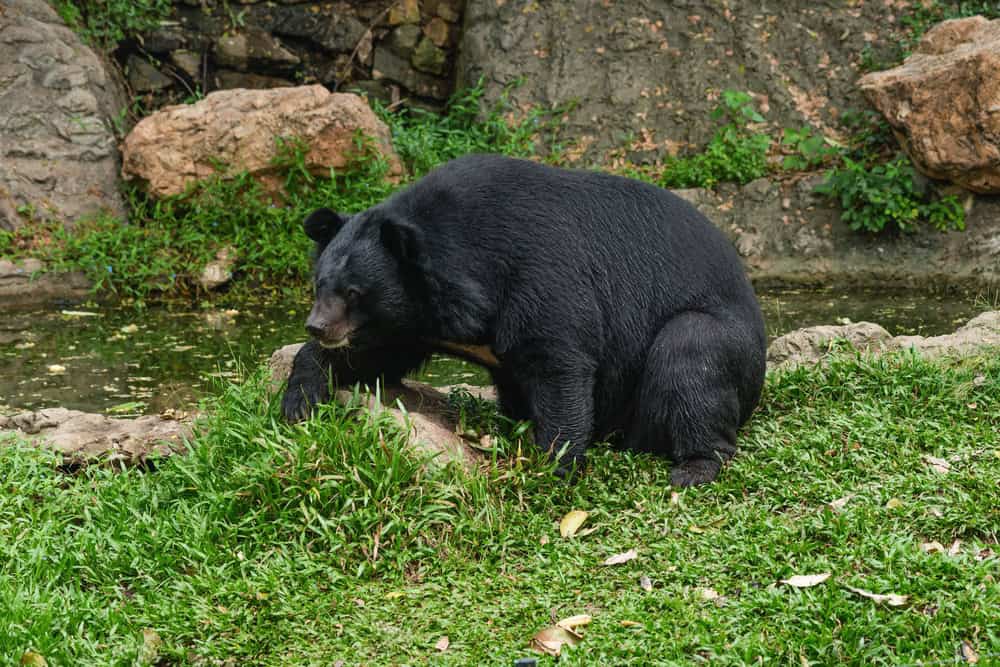
In 2003, the tranquil Appalachian Mountains were disrupted by a tragic black bear attack in Tennessee’s Cherokee National Forest. The bear, likely searching for food, attacked a family, resulting in a fatality. This incident highlighted the risks of venturing into bear territory and underscored the importance of adhering to safety guidelines when in bear-populated areas.
Grizzly Encounter in Glacier National Park
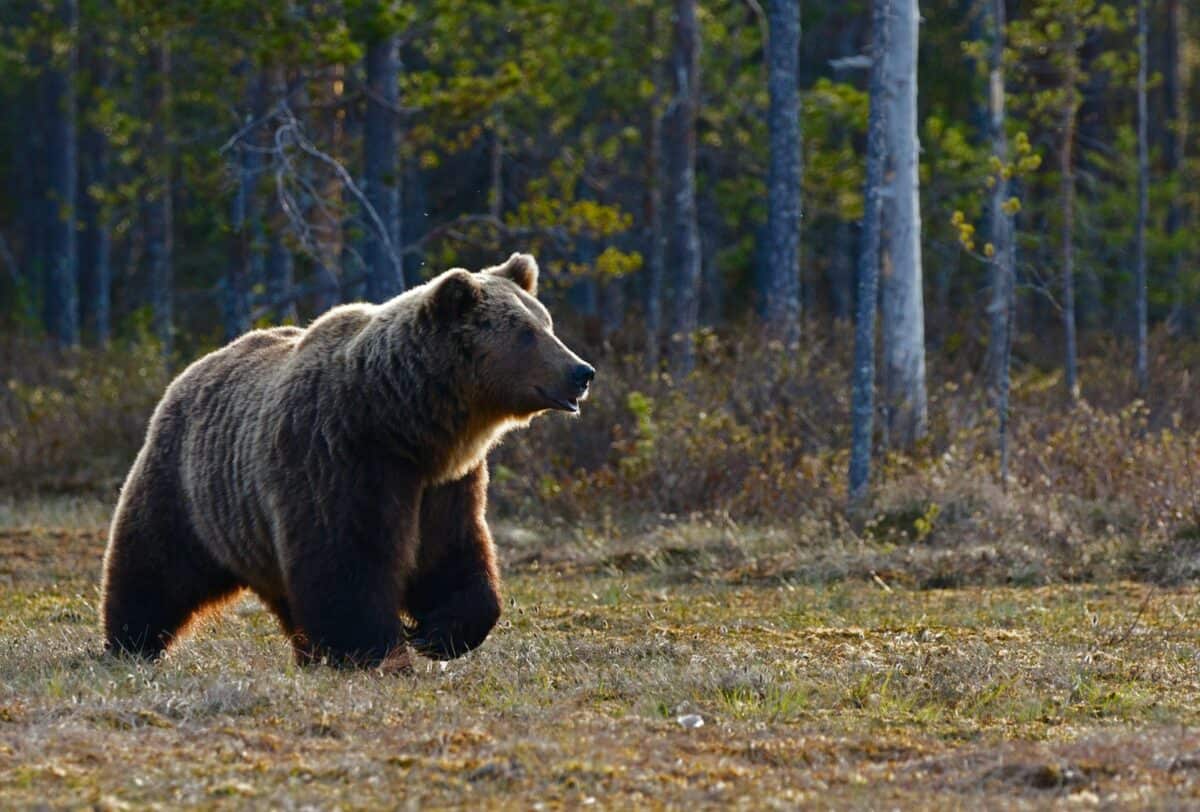
Glacier National Park is home to the majestic and unpredictable grizzly bear. In 1967, the park witnessed one of its most infamous bear attacks, when two women camping separately were killed by grizzlies on the same night. This event was a crucial turning point, leading to increased awareness and protocols for camping in bear country.
The Tragic Tiger Incident at the San Francisco Zoo
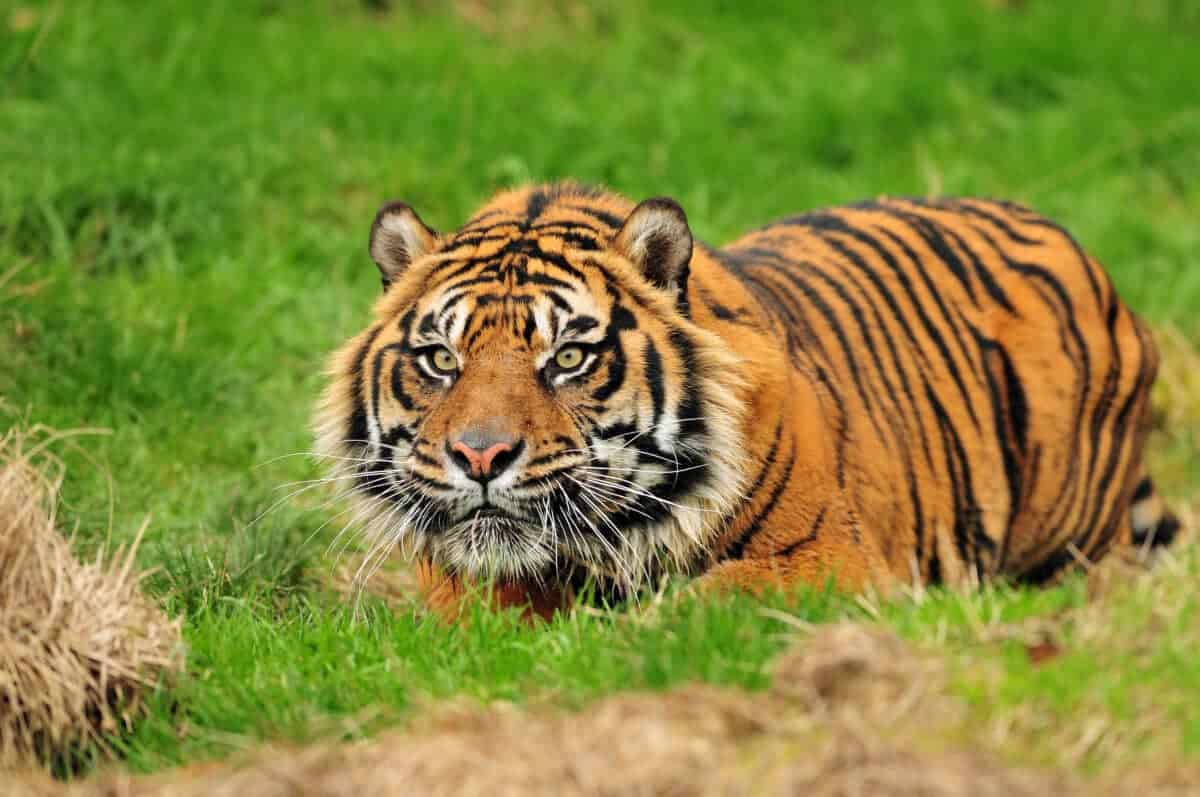
In 2007, a Siberian tiger named Tatiana escaped her enclosure at the San Francisco Zoo, resulting in the death of a visitor and injuries to two others. This attack brought into question the safety measures and enclosure designs of zoos nationwide, prompting calls for enhanced security and animal management practices.
The Shark Attacks of New Jersey, 1916
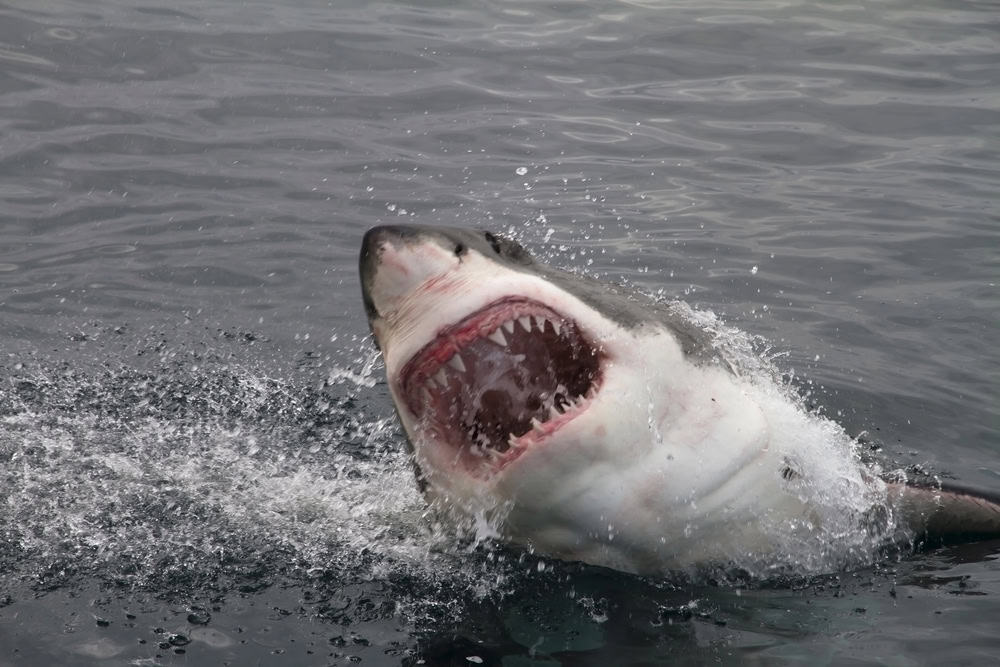
The summer of 1916 was marked by a series of unprecedented shark attacks along the New Jersey shoreline. Over the span of 12 days, five people were attacked, with four fatalities. These incidents sparked a national panic and greatly influenced public perceptions of sharks, leading to scientific studies that sought to understand shark behavior.
A Mountain Lion Stalking in Southern California

In 1994, a series of mountain lion attacks occurred in Southern California, including a fatal encounter with an 18-year-old man. These attacks brought attention to the expanding human-wildlife interface in the region, emphasizing the need for effective wildlife management and public awareness of mountain lion behavior.
The Infamous Alligator Attack in Florida

Florida is synonymous with alligators, yet many Floridians are unaware of how dangerous a cornered or provoked alligator can be. A notable attack in 2016 involved a toddler who was tragically killed by an alligator at a resort in Orlando. This incident highlighted the importance of understanding the potential dangers of wildlife even in recreational areas.
The Polar Bear Attack in Alaska
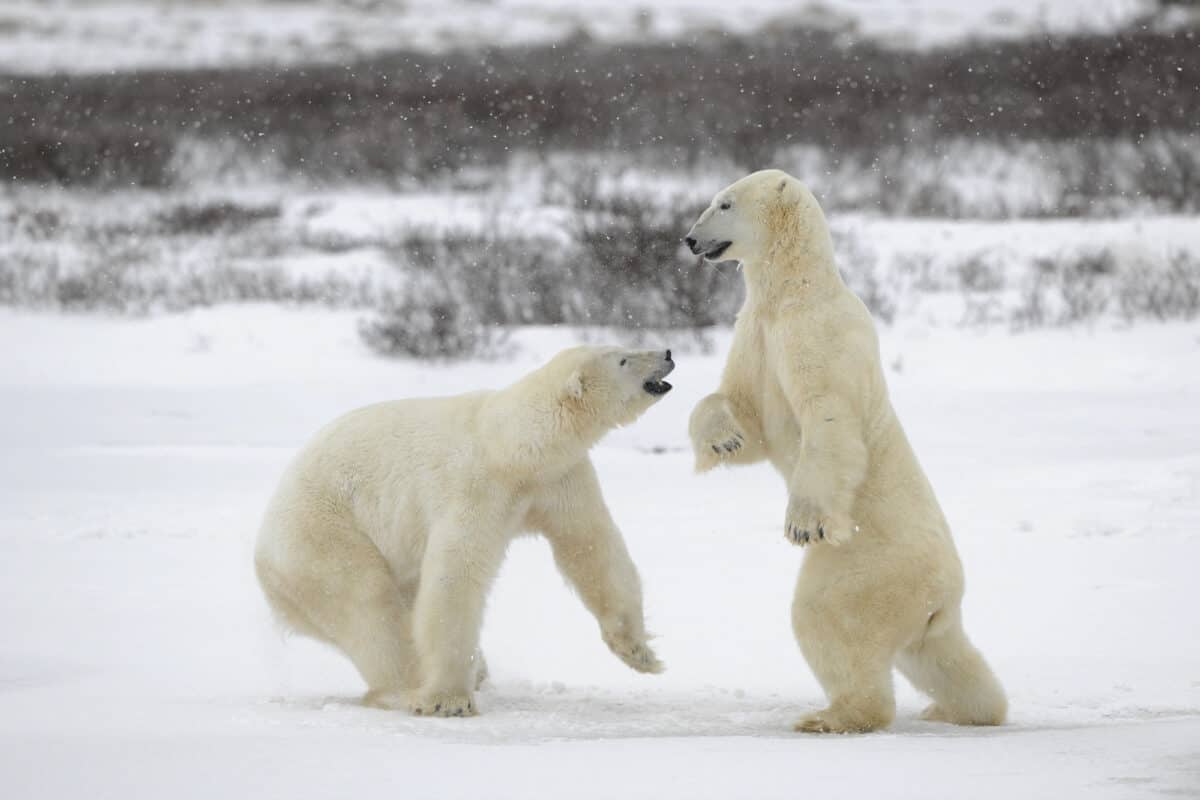
Polar bears are formidable predators, particularly in the harsh environments of Alaska. In 1990, a tourist in Spitzbergen fell victim to a polar bear attack, underscoring the inherent dangers of polar bear interactions. The incident served as a chilling reminder of the raw power of nature in extreme environments.
Dangerous Encounters with Wolves in Minnesota

Wolves are typically wary of humans, but in 2013, a rare attack occurred in Minnesota when a camper was bitten by a gray wolf. Though non-fatal, the encounter prompted new discussions on wolf behavior and human safety in areas where wolves are present, leading to improved educational outreach and prevention strategies.
Snakes on the Great Plains

The United States is home to numerous venomous snake species, and encounters are not uncommon. In 2009, a hiker in Nebraska was bitten by a rattlesnake, serving as a stark reminder of the potential dangers posed by the Great Plains’ reptilian residents. It emphasized the importance of vigilance and first-aid knowledge in snake territory.
Avian Aggression: Crane Attack in Idaho

In a surprising avian attack, a sandhill crane injured a farmer in Idaho in 2018. Known for their large size and strong beaks, cranes can be surprisingly aggressive when threatened. This encounter shed light on the territorial instincts of these birds, particularly during nesting season.
Final Thoughts: Lessons from Unbelievable Encounters

These incredible animal attacks serve as powerful reminders of the complex relationship between humans and wildlife. While nature can inspire awe, it also demands respect and awareness. By studying these incidents, we can learn to coexist more harmoniously with the animal kingdom, ensuring safety for both humans and wildlife alike.
- This Bird Sets Forests on Fire - August 17, 2025
- Orcas Have Regional Accents - August 17, 2025
- The Largest Group Migration in the Animal World - August 17, 2025

